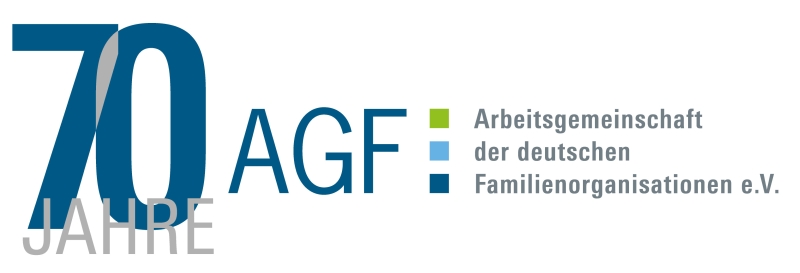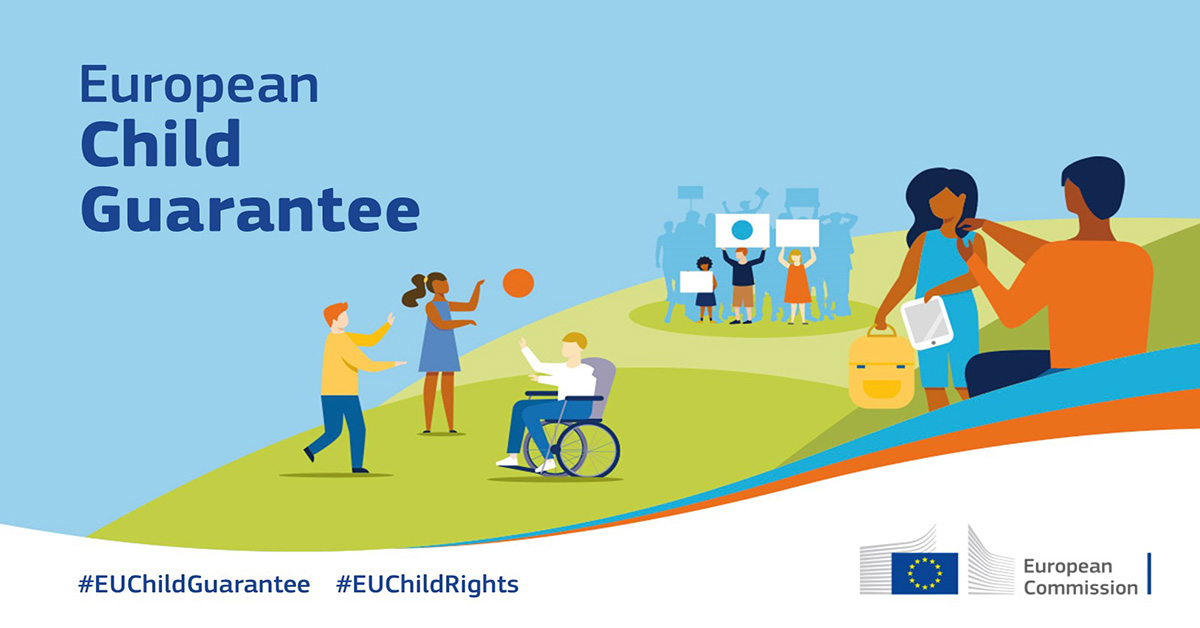To combat child poverty, the European Parliament, the European Commission and the Council of the European Union decided in 2021 to establish a “European Child Guarantee”. It aims to “prevent and combat social exclusion by guaranteeing access for children in need to a range of essential services, thereby also contributing to the protection of children’s rights by tackling child poverty and promoting equality of opportunity.”
The Child Guarantee requires that the individual EU Member States each develop a National Action Plan (NAP) with country-specific measures for implementation. The NAPs cover the period until 2030 and take into account national conditions. They are supposed to include:
- target groups;
- quantitative and qualitative targets;
- planned or already taken measures, including financial resources and timetables; and
- a framework for monitoring.
In view of the protracted process of submitting the Action Plans, the AGF presents an interim overview of their status and how the member states approach them. The Action Plans follow very different approaches in terms of content and structure as well as style, which makes it difficult to compare them. In addition, owing to the scope of the NAPs and time constraints, this undoubtedly cannot be an in-depth analysis, but merely a snapshot of the current status of the Action Plans that have been submitted by the end of 2022.
- Please download the full overview here: Overview of selected aspects of the National Action Plans
SUMMARY
The NAPs for the Child Guarantee submitted by the end of 2022 present a very diverse picture, manifesting subtle degrees of light and shade. The broad support for the goals anchored in the Council Recommendation on the European Child Guarantee is gratifying. This approval is also crystallised in many interesting ideas and approaches, in the political commitment and systematic approach of many Action Plans. But it is difficult to determine what exactly has been initiated, because this is not made transparent. Many Action Plans only recapitulate existing policies and achievements, and some Action Plans are “action” plans only in name, lacking actions. Several display gaps in quantified targets and indicators, while others lead the way in this respect.
There is no direct correlation between the very different degrees of ambition of the Action Plans and the initial situation in the countries concerned. The degree of detail and operationalisation of the goals also varies greatly. Fortunately, the outcome goals outweigh the (also numerous) input goals. However, it is scarcely possible, on the basis of the plans alone, to see whether there will in the future be a stronger commitment to tackle child poverty in the Member States or whether measures that had been planned anyway have simply been put under the label “Child Guarantee”. The institutionalised cooperation and advocacy of the national coordinators and the interdepartmental handling of child poverty and social exclusion, supported and fuelled by cooperation with NGOs, could have a positive effect. It is to be hoped – and every effort should be made to ensure – that the recognisable positive factors can prevail even and especially in times that are characterised throughout Europe by inflation, energy poverty, the inevitable costs of war and the pandemic, public debt and the threat of cutbacks.
For Germany, the Action Plan would have to do more than limit itself to citing already planned or existing measures. The debate about the Action Plans and the Child Guarantee offers a good opportunity to work towards writing new goals, measures and indicators into the German Action Plan and to make it possible to objectively review the successes of Germany’s commitment to the goals of the Child Guarantee. By covering the five social rights or areas of action, the Action Plan should anchor ambitious goals permanently in German policy and contribute to reducing the risk of poverty for children and to substantially improving social participation for all children in these areas of action.

